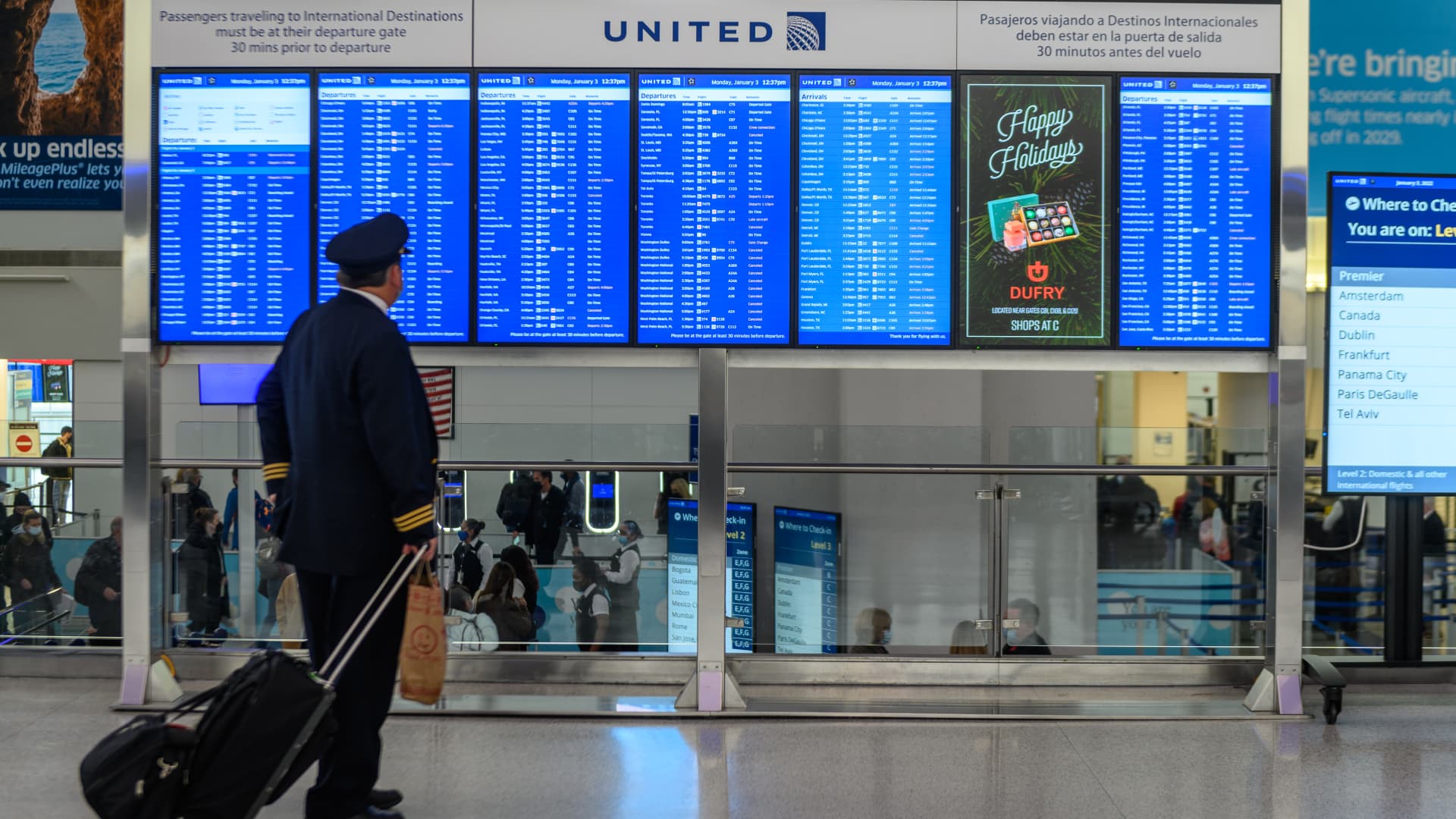As the country’s pilot shortage fuels flight cuts, Sen. Lindsey Graham is introducing legislation that would raise the mandatory retirement age for commercial airline pilots to 67 from 65.
The “Let Experienced Pilots Fly Act” would also require pilots over the age of 65 to maintain a first-class medical certification that needs to be renewed every six months.
“We’ve got to get more people in the queue to be pilots, but we also have to adjust our age in a reasonable rational way to keep people in the cockpit,” Graham, R-S.C., said at a news conference Monday. “Other countries allow people to fly to 67 and beyond. And I am confident that this is a bipartisan issue.”
The proposed legislation would not change any other pilot qualifications and would require airlines to continue using training and qualification programs approved by the Federal Aviation Administration.
The FAA didn’t immediately comment on the bill. In 2007, the mandatory retirement age for airline pilots was raised to 65 from 60.
The pilot shortage comes after airlines offered early retirement packages during the Covid-19 pandemic as travel demand vanished and training and licensing slowed. Airlines had already been staring down a wave of retirements before the pandemic.
Now, major U.S. airlines are scrambling for ways to attract pilots and get them trained faster. Airlines have also offered scholarships and, in United’s case, opened a flight training academy to help teach more pilots and ease the financial burden on students.
Earlier in the year, Delta Air Lines stopped requiring four-year college degrees for its pilots, joining other airlines. And in April, regional carrier Republic Airways petitioned the U.S. government to allow pilots to fly for its airline with 750 flight hours — half of the 1,500-hour requirement — if they went through its training program. There are exemptions to the 1,500-hour rule, such as for military pilots.
Some regional airlines, including for American Airlines, recently announced big pay bumps to attract and retain pilots.
Training for prospective pilots is expensive and time-consuming, presenting a major hurdle for airlines desperate for them. It costs about $92,000 for pilots to get their initial license in a full-time seven-month program at ATP Flight School, the largest flight school in the country. It can take an additional 18 months or longer for a pilot to build up enough hours to fly.
Since 2019, 71% of airports have lost flights, said Drew Remos, senior director of government affairs with the Regional Airline Association, at the news conference Monday. Nine airports have lost service completely, he said.
“Under this legislation, approximately 5,000 pilots would have the opportunity to continue to fly over the next two years, and in turn, help keep communities connected to the air transportation system,” Remos said. “And as early retirements increase, this number will grow providing even more relief.”
In the next four years, 14,000 pilots will be forced to retire because of the mandatory retirement age of 65, Graham said Monday.
— CNBC’s Leslie Josephs contributed to this article.
